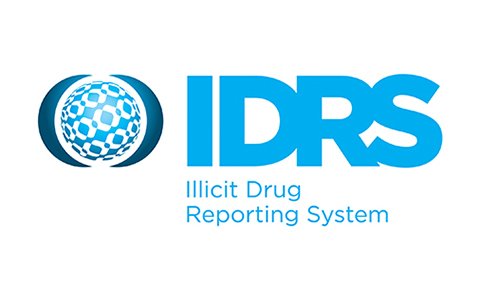SWAB: Safely Wipe Away Bacteria - Findings on injecting practices from the IDRS
A relatively neglected source of day-to-day ill-health among people who inject drugs is bacterial infections of the skin and soft tissue (SSTIs). Usually when we talk about infections among people who inject drugs, we are talking about blood borne viral infections, such as HIV and hepatitis C. These are highly prevalent in people who inject drugs, and have huge impacts on people’s health. SSTIs, abscesses and cellulitis mostly, receive far less focus even though these are quite common.
Estimates of past month prevalence of SSTIs range from six to 32 per cent. SSTIs happen because of the introduction of bacteria and microorganisms into the bloodstream when people are injecting drugs in non-sterile environments. If left untreated, soft tissue injections can lead to quite serious, life threatening complications, including endocarditis and sepsis, but even without these dramatic outcomes, soft tissue infections impact on day-to-day quality of life. They are painful and can be embarrassing due to their smell and appearance. People often delay seeking care, and when they do, they experience stigma and discrimination from mainstream healthcare providers.
There is a pretty simple way to reduce this risk. Cleaning injecting sites with an alcohol swab prior to injecting has consistently been shown to reduce the risk of soft tissue infections.
In a recent paper, we wanted to understand, are people using alcohol swabs prior to injecting? Who is least likely to be swabbing? And among people who don’t swab, why not?
Using data from face-to-face interviews with people who inject drugs (PWID) conducted annually in Australian capital cities as part of the Illicit Drug Reporting System, we found that a substantial minority of participants interviewed in 2017 reported infrequent use of alcohol swabs before injecting. Indeed, 28 per cent reporting ‘never’ or ‘almost never’ swabbing injecting sites prior to injection in the last six months, and 26 per cent reporting not having swabbed prior to their last injection. Looking at associations between a range of variables and swabbing at the last injecting event the results told us a lot more:
- Not swabbing clustered with a number of other risk factors. Self-reported receptive or distributive needle sharing, and re-use of one’s own injecting equipment were significantly associated with not swabbing prior to last injection.
- Preference for crystal methamphetamine was significantly associated with not swabbing prior to last injecting. A third of people who most frequently injected crystal methamphetamine did not swab at their last injection, compared to 22 per cent among those who most frequently injected heroin. When adjusted for age, people who most frequently injected crystal methamphetamine had nearly twice the odds of not swabbing compared to people who most frequently injected heroin.
- Amongst those who didn’t swab, it wasn’t seen as an important part of the injecting routine. Two-thirds of those who hadn’t swabbed prior to their last injection said they didn’t have any particular reason for swabbing - they just didn’t bother. A few people also mentioned that they were in a hurry, which makes sense if you are injecting in a public place, or concerned about being “caught” injecting.
It is encouraging to note that in this sample of PWID more than half report using of an alcohol swab prior to injecting. However, there is evidence that a significant proportion of PWID could benefit from education about the use of swabs. It is also important to note that this is a sample of people predominantly recruited from needle and syringe programs (NSPs), and therefore have good access to injecting equipment including swabs.
NSPs are ideally placed to promote the use of alcohol swabs to clients by expanding existing education regarding hygienic injecting practices. The use of peer-run educational messaging to disseminate NSP-based educational programs could enhance the reach of general and targeted educational activities, particularly amongst the at-risk sub-groups that we have identified. Given that this is a sample of people with established access to harm reduction services and messaging, this study provides evidence for increased structural interventions such as supervised injecting facilities to increase use of alcohol swabs to clean injecting sites prior to injection.
Increasing the use of alcohol swabs prior to injecting, and increasing overall injecting hygiene, will have a positive impact on injecting-related morbidity and mortality amongst PWID.
For more information, read the full journal article, Use of alcohol swabs to clean injecting sites among people who regularly inject drugs in Australia, or this presentation from the Winter School Conference in July 2019.
To request a copy of the paper, email: daisy.gibbs@unsw.edu.au
To find your closest NSP, go to: http://aivl.org.au/nsp/
For more details on safe injecting practice, go to: https://touchbase.org.au/site/assets/uploaded/c9c30ee3-safer-injecting.pdf
Funding: The Illicit Drug Reporting System is funded by the Australian Government Department of Health under the Drug and Alcohol Program.











